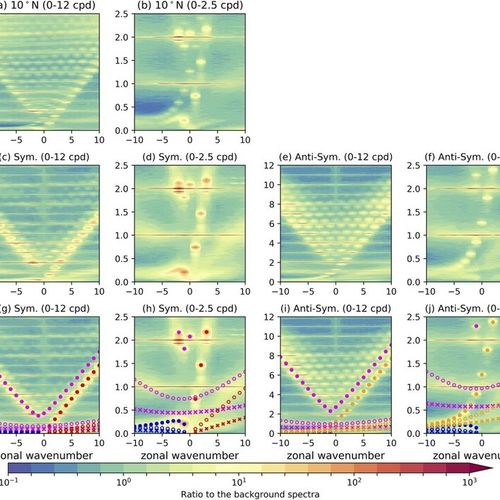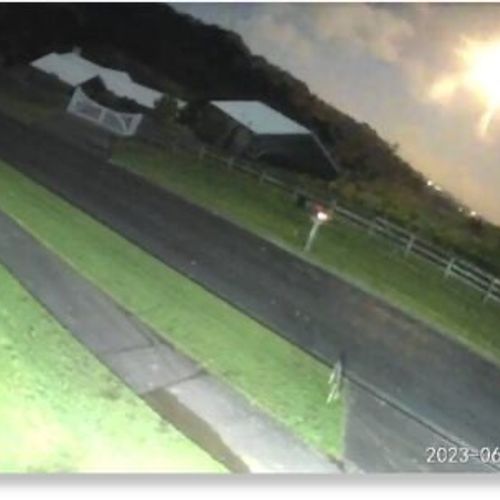
| Added | Tue, 05/07/2022 |
| Источники | |
| Дата публикации | Tue, 30/06/2020
|
| Версии |
A group of researchers from the University of Hawaii and Kyoto University found that the atmosphere of our planet rings like a giant bell.
According to scientists, the energy passing through the heavens, generated by changes in atmospheric pressure and the gravitational attraction of celestial bodies such as the Moon and the Sun, creates waves that resonate around the planet like sound waves resonate in a bell. Despite the fact that they have a different nature, the principle of operation is largely similar.
As the researchers found out, atmospheric waves do not rise and break as sharply as their oceanic counterparts. Nevertheless, they are quite recognizable if you know where to look: mobile pockets of compact air thousands of kilometers long.
Previous studies have focused on localized spaces and limited time scales, making it possible to detect these celestial waves with a length of 1,000 to 10,000 km and with a frequency of several hours.
But now scientists have managed to significantly expand this capability with the ERA5 weather database, which provides hourly estimates of many global atmospheric, terrestrial and oceanic variables over five days in real time and contains verified historical sets of observations.
Using these data, the authors of the new study, Kevin Hamilton (University of Hawaii) and Takatoshi Sakazaki (Kyoto University), studied atmospheric pressure statistics for 38 years, focusing on waves with a frequency of 2 to 33 hours and a length of more than 5,000 kilometers that pass around the globe at a speed of more than 1,000 kilometers per hour.
This allowed scientists to notice that when waves move through the air at a certain height and speed, they resonate in the atmosphere, creating a phenomenon similar to how sound waves resonate inside a bell.
"We consider the very beautiful image shown here as a spatial sound "portrait" of our atmosphere ringing like a bell! It is worth noting that antisymmetric modulations are even more clearly manifested in this figure than symmetrical ones, especially with regard to gravitational modulations."
Interestingly, a new study presented by Hamilton and Sakazaki confirmed the theory of the 19th century. The discovery confirmed the theory of global oscillations proposed in the 19th century in the work of the French physicist and mathematician Pierre-Simon Laplace.
According to the researchers, the global frequencies and patterns we observe coincide with the theoretically predicted ones.
"It is very interesting to see how the vision of Laplace and other pioneering physicists is fully confirmed two centuries later," Sakazaki said in a statement.
A new study describes how a team of researchers has identified dozens of predicted waveforms, including Rossby waves, which are low-frequency and propagate in a westerly direction. The researchers also identified the presence of Kelvin waves propagating in an easterly direction.
"Our identification of so many sound waves in real data shows that the atmosphere really rings like a bell," said Hamilton, co-author of the study.
"This finally solves a long-standing and classic question in atmospheric science, but it also opens up a new path for research to understand both the processes that excite waves and the processes that act to dampen waves."
The study was published in the Journal of the Atmospheric Sciences.
Новости со схожими версиями
Log in or register to post comments









